Doing WearHacks!
This week-end, I’ll be participating to WearHacks which occurs in my hometown Montreal. You can find out more here.

So far, I am very confident. We have 2 excellent programmers and a UI/UX guys which will be working on Unity. If everything goes as planned, we will push a web app backed with Python offering a very interesting user experience.
I have two concerns right now. I do not know much about the device, which will be the Nod ring and I am worried about scaling the computation we will have to be done. Roughly, we have to do some linear algebra and approximate value comparison.
Thing is, I want to keep stuff in Python as it will allow us to code lightning quick, which is essential when you have a 36 hours deadline.
Communicating using Bluetooth
That’s the tricky part: we don’t know the device since it’s not on market. We will have to reverse-engineer the data we need. I know it follows these OpenSpacial next-to-be standard and it seems to work in 6D (x, y, z) for acceleration and gyro, so if I can extract that data, I’m fine. I need to do this quick, if I can do it, then the rest will be a piece of cake.
I will also have the possibility to communicate with people who designed the hardware, so I guess I will have more information on Bluetooth protocol implied and general data encoding.
Scaling the computation
We will receive 3-directional data from the device which is pretty much an accelerometer. We have to figure out the trajectory, smooth the transitions and compare it with another trajectory. This is a lot of data to treat, especially since we need to have the result in real time (otherwise, we will have to redesign the product). I plan to rely on numpy to make any of these calculation possible.
I will have to normalize the acceleration based on gyroscope data. I do not want to deal with rotational acceleration.
The trajectory will be approximated using a polynom per dimension since the acceleration data is 3-dimensional. I will generate a polynom going through every points of acceleration using the polyfit function.
To compare two trajectories, we will have to calculate the integral difference between each polynoms
Communicating with the frontend
Frontend communication will be done using WebSocket through socket.io library. It creates a full-duplex communication system, which will allow us to communicate in both directions. The device will update the frontend and the frontend will send messages. The frontend uses Unity, so this library will do the trick UnitySocketIO.
Producing the UI
UI will be done using Unity 3D. I do not know much about it and I don’t need to!
I really hope we will do good at this Hackaton.